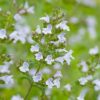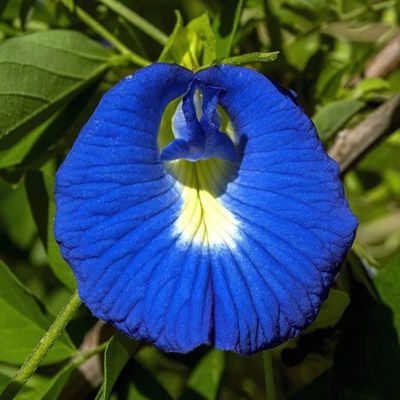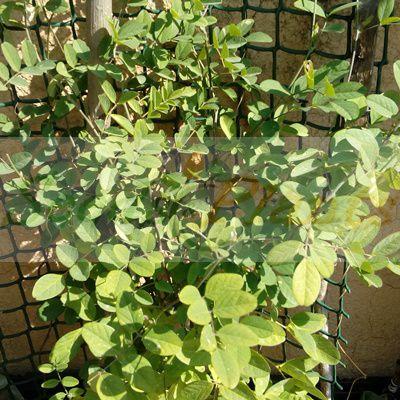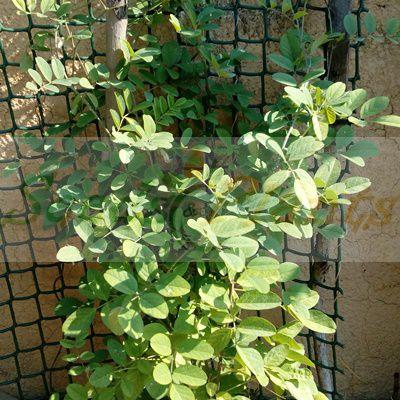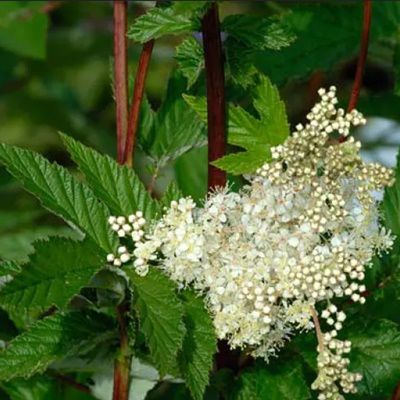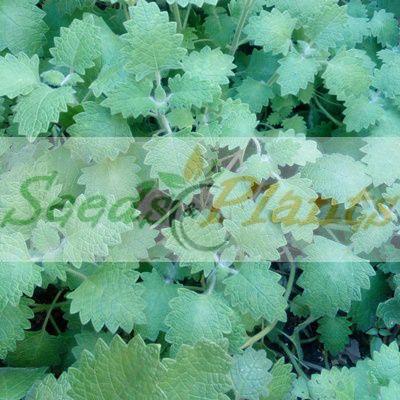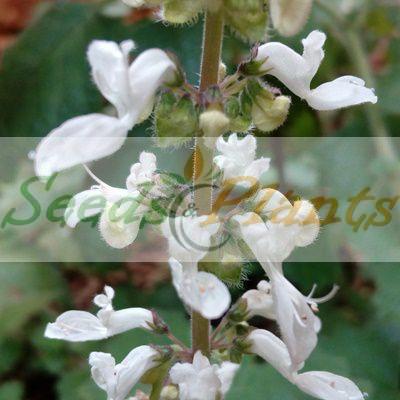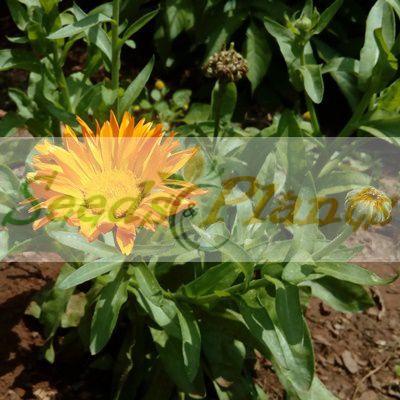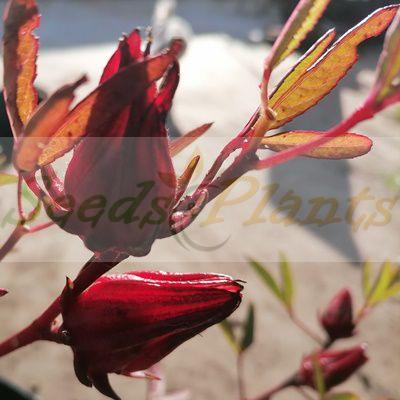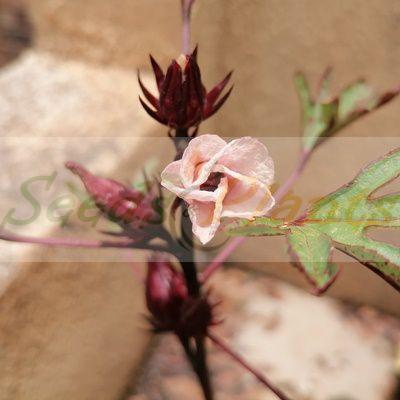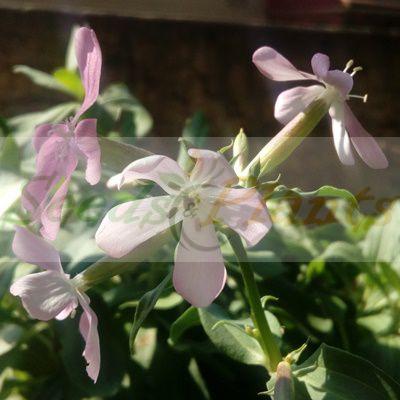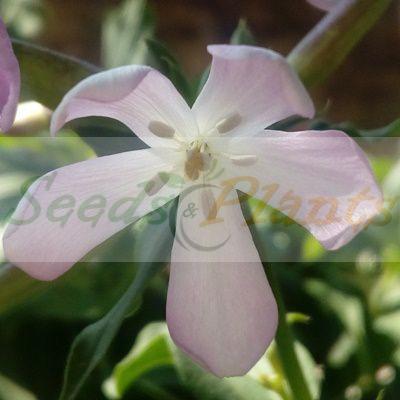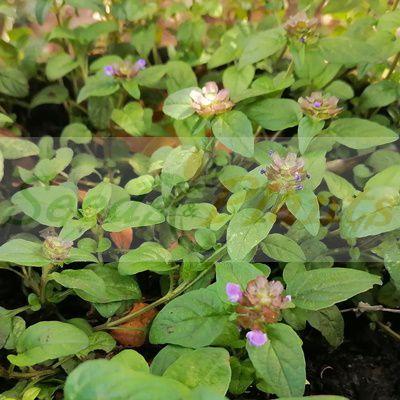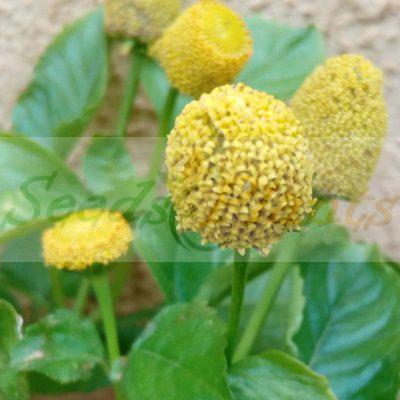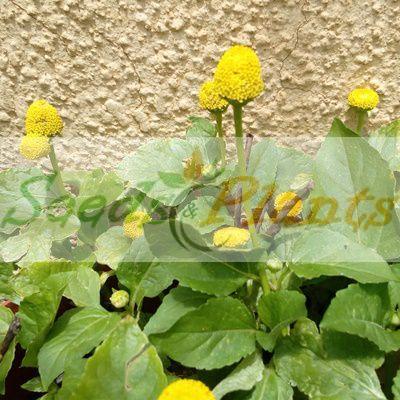🌼 Flower Quick Facts
Flower Info
- 🌍 Origin / Region: Tropical
- 🌸 Flower Color: Blue
- 🦋 Pollinator Method: Attracts Bees, Attracts Butterflies, Attracts Moths, Self-pollinating
- 🔁 Pollination Needs: Needs Only 1 Plant
Medicinal Info
- 🌿 Medicinal Part: Flower, Leaf, Root, Seed
- 🍵 Herbal Preparation: Infusion / Tea, Powder
- ⚕️ Healing System: Ayurvedic System of Medicine
Culinary Info
- 🍽️ Culinary Use: Beverages/Teas, Coloring, Fried
- 😋 Flavor Profile: Earthy
Growth Traits
- 🌱 Life Cycle: Perennial
- 🪴 Growth Habit: Climber
Growing Requirements
- 🌞 Sun Exposure: Full Sun
- 💧 Water Needs: Avoid Overwatering, Moderate Water
- ☀️ Growing Conditions: Drought Tolerant, Frost Sensitive, Heat Tolerant
- 🟤 Soil Preference: Clay, Loam, Moderately Fertile, Sandy, Well-Drained
Butterfly Pea Vine – 5 Seeds
(Clitoria ternatea)
R50.00
In addition to the great ornamental value of the Butterfly Pea Vine, it also has culinary and medicinal uses.
Common Names: Asian pigeonwings, bluebellvine, blue pea, butterfly pea, cordofan pea and Darwin pea.
Indoor Sowing: Winter.
Direct Sowing: Spring.
In stock
🌼 Flower Quick Facts
Flower Info
- 🌍 Origin / Region: Tropical
- 🌸 Flower Color: Blue
- 🦋 Pollinator Method: Attracts Bees, Attracts Butterflies, Attracts Moths, Self-pollinating
- 🔁 Pollination Needs: Needs Only 1 Plant
Medicinal Info
- 🌿 Medicinal Part: Flower, Leaf, Root, Seed
- 🍵 Herbal Preparation: Infusion / Tea, Powder
- ⚕️ Healing System: Ayurvedic System of Medicine
Culinary Info
- 🍽️ Culinary Use: Beverages/Teas, Coloring, Fried
- 😋 Flavor Profile: Earthy
Growth Traits
- 🌱 Life Cycle: Perennial
- 🪴 Growth Habit: Climber
Growing Requirements
- 🌞 Sun Exposure: Full Sun
- 💧 Water Needs: Avoid Overwatering, Moderate Water
- ☀️ Growing Conditions: Drought Tolerant, Frost Sensitive, Heat Tolerant
- 🟤 Soil Preference: Clay, Loam, Moderately Fertile, Sandy, Well-Drained
Butterfly Pea Vine Seeds. Butterfly Pea (Clitoria ternatea), commonly known as Asian pigeonwings, bluebellvine, blue pea, butterfly pea, cordofan pea and Darwin pea, is a plant species belonging to the family Fabaceae. It is native to tropical Asia and Africa.
It is a fast-growing vine that blooms continuously from summer through autumn. It bears solitary, vivid deep blue flowers with light yellow markings, followed by flat seed pods. The flowers are edible. Grown as an annual in cooler climates and as a perennial in warm climates. This beautiful vine is not only of great ornamental value, but also has culinary and medicinal uses.
Butterfly Pea Culinary Uses
- In Southeast Asia, the flower is used as a natural food coloring to color glutinous rice.
- In Burmese and Thai cuisines, the flowers are also dipped in batter and fried.
- Butterfly pea flower tea is made from the ternatea flowers and dried lemongrass and changes color depending on what is added to the liquid, with lemon juice turning it purple. In Thailand and Vietnam, this butterfly blue pea flower tea is commonly mixed with honey and lemon to increase acidity and turn the beverage a pink-purple color.
- Butterfly Pea tea can be frozen in ice cubes and included in cocktails or punch bowls where it will causes the drink to change color as the ice cube dissolves leading to what has been labelled as a ‘mood ring cocktail’.
Butterfly Pea Vine Medicinal Benefits
- In traditional Ayurvedic medicine, it is ascribed various qualities including memory enhancing, nootropic, antistress, anxiolytic, antidepressant, anticonvulsant, tranquilizing, and sedative properties.
- In traditional Chinese medicine, the plant has been ascribed properties affecting female libido due to its similar appearance to the female reproductive organ.
Growing Butterfly Pea Vine
Indoor Sowing: Winter.
Direct Sowing: Spring.
- Butterfly pea vines are easy to grow from seed, either by planting directly in the garden in spring, or by starting them indoors about 12 weeks ahead of time.
- Lightly nick or scrape the seeds, and then let them soak overnight in room temperature water before planting.
- Germination can take 30 days or longer.
- Butterfly pea flowers grow in nearly any type of soil, including nutrient-poor, but sandy, acidic soil is preferable.
- Good drainage is critical, as butterfly pea plants won’t tolerate soggy growing conditions.
- Plant butterfly pea flowers where the vines have plenty of room to sprawl, or let the delicate stems climb over a trellis or fence.
- Can be grown in full sunlight, shade, or semi-shade.
Can this plant be used for culinary purposes?
Butterfly Pea Vine is traditionally used for culinary purposes such as beverages/teas and coloring.
Does this plant have medicinal uses?
Traditionally, Butterfly Pea Vine has a history of use in Ayurvedic System of Medicine. Seeds are sold for cultivation purposes only.
Disclaimer
Medicinal Information:
All medicinal information on this website is for educational and informational purposes only and may not be construed as medical advice. The information is not intended to replace medical advice or treatment offered by healthcare professionals.
Seeds, Plants, Plant Cuttings, Geophytes and Dried Herbs:
In some countries and provinces, certain plants are deemed as invasive and are not allowed to be planted at all, whilst some plants are allowed to be grown only in certain areas or provinces. The onus is on you as the buyer to familiarize yourself with the regulations pertaining to your location, before purchasing any of our seeds, plants, plant cuttings, geophytes or dried herbs. We will not be held liable, should you purchase any seeds, plants, plant cuttings, geophytes or dried herbs. from us which are prohibited in your country or province.


